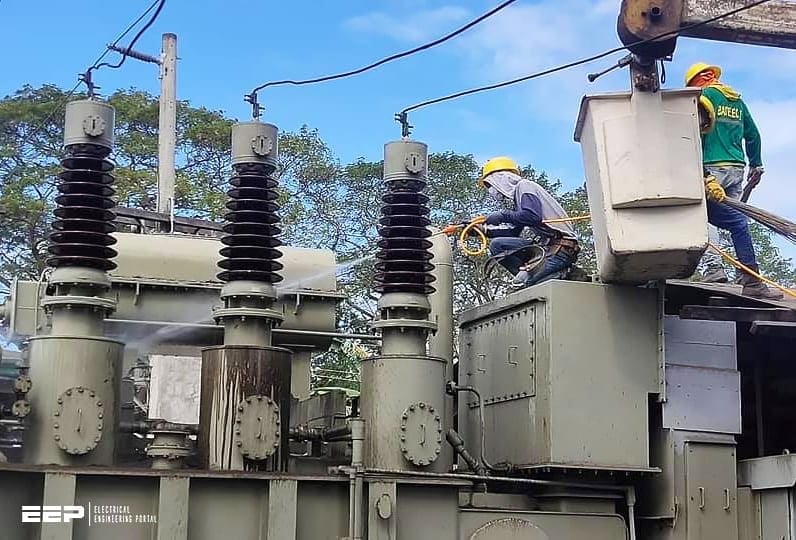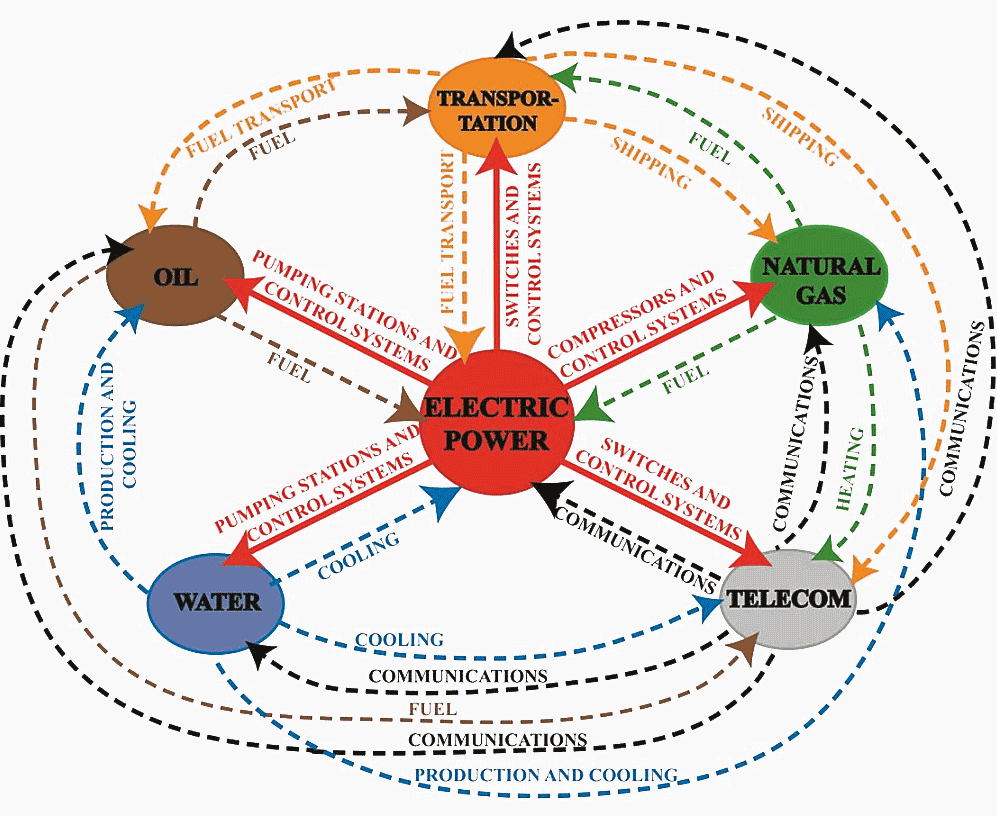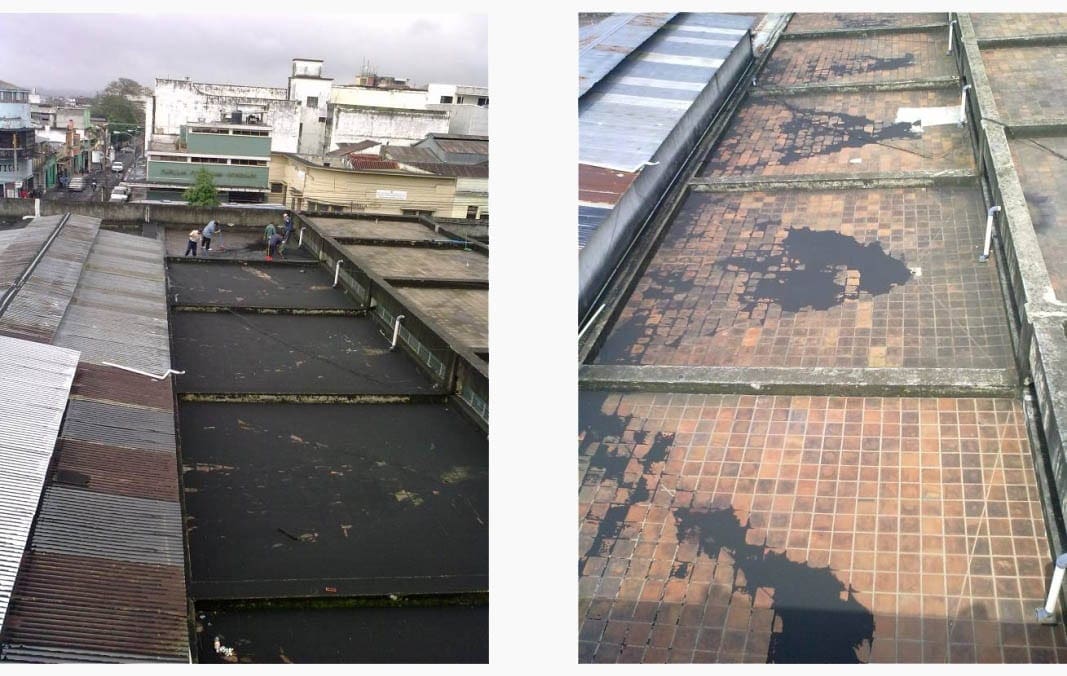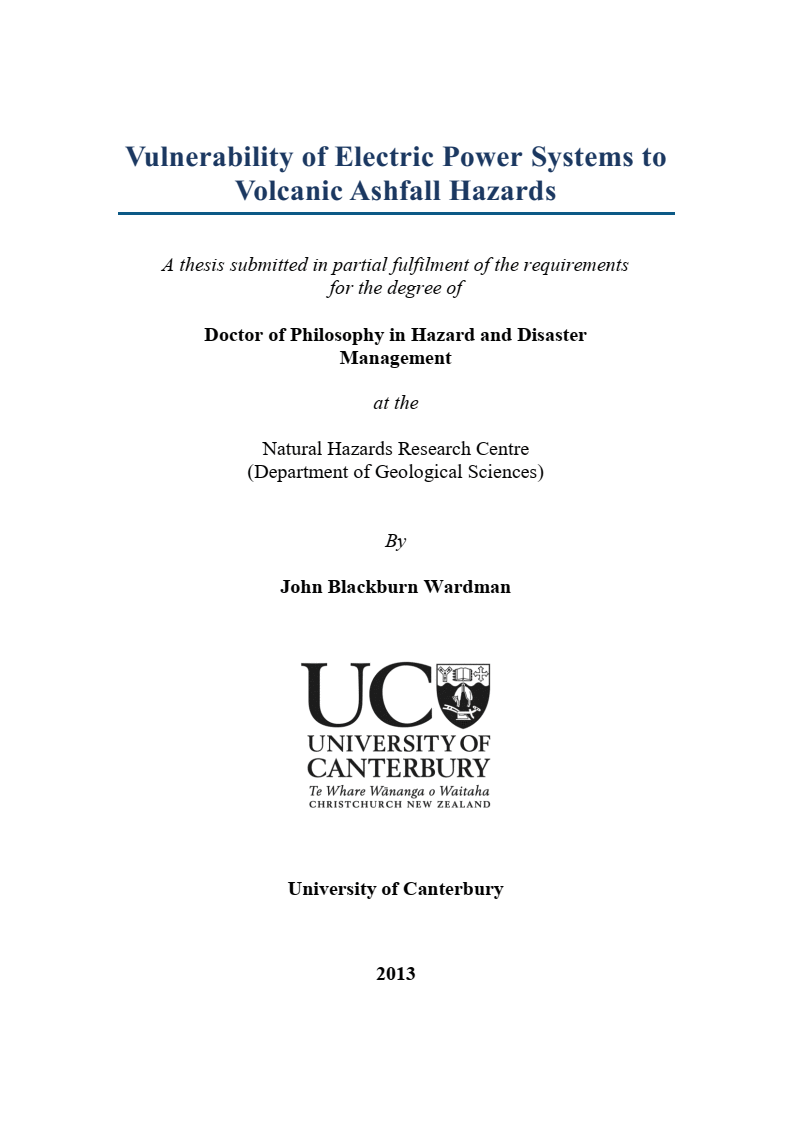Power systems exposed to ashfalls
Electricity is the ‘life blood’ of modern society. Increasing demand for electricity has been driven by population growth and increasing use of electrically powered technologies. Electricity supply is arguably the most essential contemporary infrastructure, especially considering the dependencies of other infrastructure groups on electric power to maintain functionality.

Given that 9% of the world’s population is estimated to live within 100 km of a historically active volcano, and many of these areas are experiencing significant population and economic growth, their exposure and vulnerability to the impacts of volcanic hazards is increasing.
Effective disaster risk reduction and infrastructure management thus makes it imperative that system operators understand the potential impacts from natural disasters and take the necessary precautions to avoid unintended interruptions.
Although pyroclastic flows and surges, sector collapses, lahars, and ballistic blocks are the most destructive and dangerous of explosive eruption products, ashfall is the most widespread volcanic phenomenon.
Extensive, above-ground, corridor systems of electrical apparatus used in power generation, transformation, transmission, and distribution often stretch hundreds to thousands of kilometres, making them highly exposed to such ashfalls.
This high level of exposure emphasises the need to understand the vulnerabilities of power systems in both proximal and distal locations.

infrastructure systems
Volcanic ash can cause disruption to electricity generation and supply in the following five ways explained below:
Way #1
High voltage (HV) insulators (porcelain, glass or composite) are electrical hardware designed to mechanically support and electrically isolate energised lines or apparatus from earthed (bonded with the ground) structures such as steel towers or wooden poles.
If the resulting short-circuit current is high enough to trip the circuit breaker then disruption of service will occur. The presence of leakage current is due to the electrical conductivity of the wet ash, which is influenced by:
- Moisture content,
- Soluble salt content,
- Compaction and, to a lesser extent,
- Grain size
Ash-induced flashover on or across external insulation (bushings) for power transformers can burn, etch or crack the bushings irreparably and potentially damage the internal components (e.g. windings) of the transformer.
Way #2
Controlled outages of vulnerable nodes (e.g. generation facilities and/or substations) or circuits until ashfall has subsided or for offline (de-energised) cleaning of equipment.
Way #3
The hardness and angularity of volcanic ash make it highly abrasive. Volcanic ash can accelerate normal wear by eroding and scouring metallic apparatus, particularly moving parts such as water and wind turbines at generation sites and cooling fans on power transformers.

coating on roof (right)
Way #4
The high bulk density of some volcanic ash deposits can cause line breakage due to ash loading. This is most hazardous when the ash and/or the lines are wet and usually following at least 10 mm of ashfall. Fine-grained ash adheres to lines and structures (e.g. wooden poles and steel towers) most readily.
Volcanic ash may also load overhanging vegetation, causing it to fall onto lines which can bridge (make contact between) phases (lines) or cause line breakage and/or damage to structures.
Snow and ice accumulation on lines and overhanging vegetation further exacerbates the risk.
Recommended reading:
Way #5
Ash ingress can block air intakes causing a reduction of air intake quality and quantity for turbines and cooling and heating, ventilation, and air-conditioning (HVA) systems at generation sites and substations. This may lead to a reduction in efficiency, precautionary shut-down (to avoid damage), damage, or even failure.
Volcanic ash could potentially abrade, clog, and corrode thermal turbines and control systems following ingestion, although these impacts have not been recorded.
Given the lack of existing data, a fragility function was developed to provide an estimate for the likelihood of insulator flashover at different thicknesses of wet or dry ash.
This study ultimately aims to inform the volcanological, hazard mitigation and electrical engineering communities of the potential adverse impacts arising from ash contamination and provide best-practice and impact-specific mitigation advice.
Research context
Over the past 15 years our international research group led by the University of Canterbury and GNS Science, New Zealand has aimed to undertake a sustained and systematic approach to volcanic impact assessment in critical electrical power infrastructure.
Meetings and interviews were carried out with infrastructure managers, and operations and maintenance staff at affected facilities. The interviews followed an extensive group of prompt questions that were used to steer the conversation, and touched upon the main topics of interest for research, including:
The general impacts of ashfall on the sector; actions taken in response to ashfall; ash clean-up operations; emergency management plans; and interdependency issues.
| Title: | Vulnerability of electric power systems to volcanic ashfall hazards – John Blackburn Wardman; A thesis submitted in partial fulfilment of the requirements for the degree of Doctor of Philosophy in Hazard and Disaster Management at the Natural Hazards Research Centre, University of Canterbury |
| Format: | |
| Size: | 27.7 MB |
| Pages: | 441 |
| Download: | Right here | Video Courses | Membership | Download Updates |


